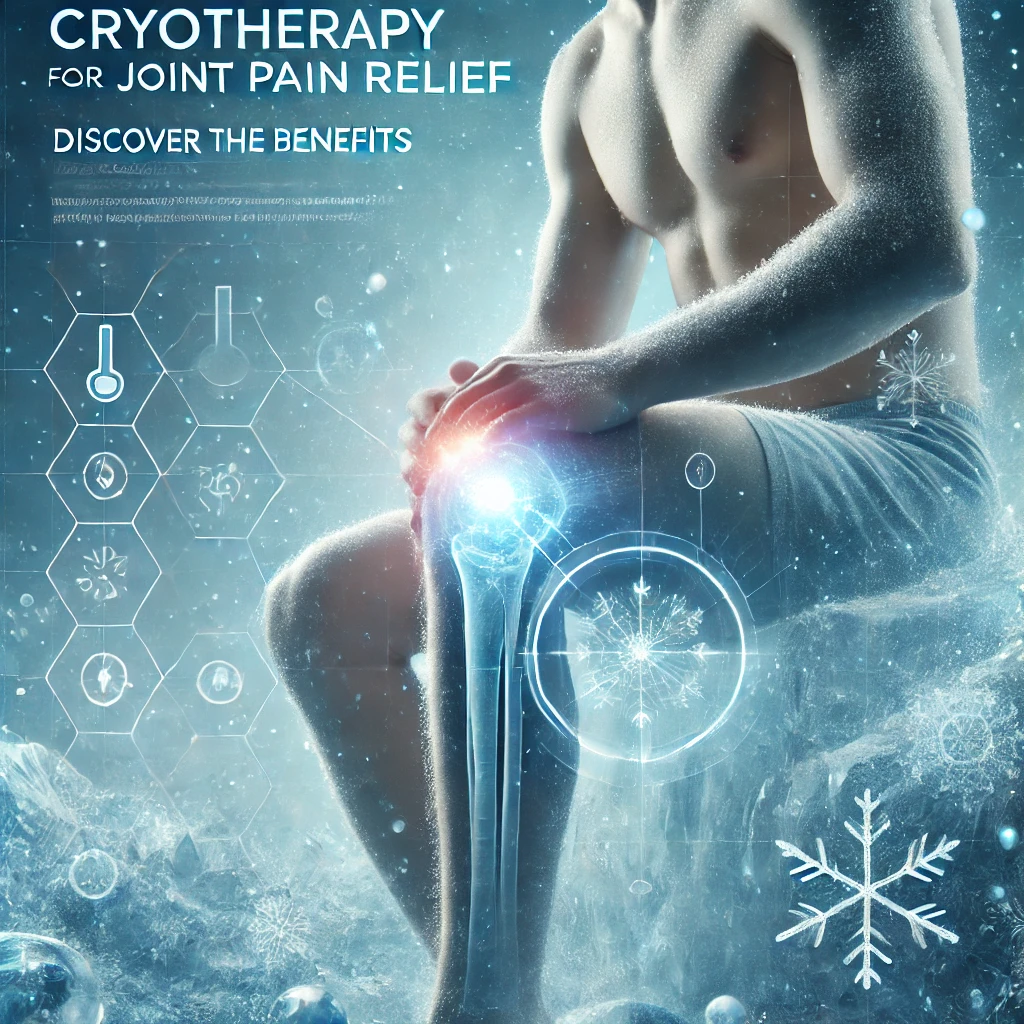
Table of Contents
Living with chronic pain or inflammation can be incredibly challenging. Corticosteroid injections, commonly known as cortisone shots, are a powerful tool for managing pain and reducing inflammation in various conditions. This guide will walk you through everything you need to know about corticosteroid injections, from what they are to how they work, and what you can expect if you decide to use them.
What are Corticosteroid Injections?
Corticosteroid injections are a treatment involving the direct injection of corticosteroids into an inflamed area of the body. These steroids are synthetic drugs that closely resemble cortisol, a hormone naturally produced by the adrenal glands. They work by suppressing the immune system and reducing inflammation.
Common Uses of Corticosteroid Injections
Joint Pain Relief
Corticosteroid injections are frequently used to manage joint pain caused by conditions such as:
- Osteoarthritis: These injections help reduce inflammation and pain in the joints, improving mobility and quality of life.
- Rheumatoid Arthritis: By reducing inflammation in the joints, corticosteroid injections can provide significant pain relief and slow joint damage.
Inflammatory Conditions
Corticosteroid injections are also effective for various inflammatory conditions:
- Bursitis: Inflammation of the bursa, a small sac of fluid near the joints, can be alleviated with these injections.
- Tendinitis: Inflammation of the tendons can cause severe pain, which corticosteroid injections can help manage.
Skin Conditions
For certain skin conditions, corticosteroid injections can be a viable treatment option:
- Psoriasis: In severe cases, these injections can help reduce the inflammatory response in the skin.
- Eczema: They can also reduce inflammation and relieve symptoms in chronic eczema.
Types of Corticosteroid Injections
Systemic Injections
Systemic injections are administered directly into the bloodstream or muscle. They have a body-wide effect and are used for conditions that require a broad anti-inflammatory response.
Local Injections
Local injections are administered directly into the affected area, such as a joint or inflamed tissue. These are typically used for targeted relief of specific areas of inflammation or pain.
How Corticosteroid Injections are Administered
Preparation
Before administering a corticosteroid injection, the doctor will conduct a thorough examination and review the patient’s medical history. The injection site is cleaned, and a local anesthetic may be applied.
Injection Procedure
The procedure involves injecting the corticosteroid directly into the affected area. This is usually done with a fine needle, and the process is relatively quick, often taking just a few minutes.
Post-Injection Care
After the injection, patients are advised to rest the affected area for a short period. Some discomfort or pain at the injection site may occur but usually subsides quickly. It’s essential to follow any post-care instructions provided by the healthcare provider.
Effectiveness of Corticosteroid Injections
Short-Term Relief
Corticosteroid injections can provide significant short-term relief from pain and inflammation, often within a few days of the injection.
Long-Term Impact
While these injections are effective for immediate relief, their long-term impact can vary. In some cases, they provide lasting relief, while in others, symptoms may gradually return, requiring additional treatments.
Potential Side Effects
Common Side Effects
Common side effects include temporary pain at the injection site, skin thinning, and increased blood sugar levels.
Rare Complications
Although rare, more serious complications can include infection, tendon rupture, or nerve damage. It’s crucial to discuss potential risks with your healthcare provider.
Who Should Avoid Corticosteroid Injections?
Contraindications
Corticosteroid injections may not be suitable for everyone. Individuals with certain medical conditions, such as uncontrolled diabetes or infections, should avoid these injections.
Special Considerations
Patients on blood thinners or those with allergies to steroids should consult their doctor before considering corticosteroid injections.
Comparing Corticosteroid Injections with Other Treatments
NSAIDs
Nonsteroidal anti-inflammatory drugs (NSAIDs) are another option for managing inflammation and pain but may not be as effective as corticosteroid injections for severe cases.
Physical Therapy
Physical therapy can be an effective non-invasive alternative for managing pain and improving function but may require more time to achieve results.
Surgery
In severe cases, surgery might be necessary to address underlying issues that cannot be managed with injections alone.
Advancements in Corticosteroid Injection Technology
New Formulations
Recent advancements include formulations that provide longer-lasting relief and reduce side effects.
Delivery Techniques
Improved delivery techniques, such as ultrasound-guided injections, enhance the precision and effectiveness of corticosteroid injections.
Cost of Corticosteroid Injections
Average Costs
The cost of corticosteroid injections can vary, but they generally range from $100 to $300 per injection, depending on the location and the specific treatment.
Insurance Coverage
Many insurance plans cover corticosteroid injections, but it’s essential to verify coverage with your provider.
How Often Can You Get Corticosteroid Injections?
Guidelines for Frequency
Typically, doctors recommend limiting corticosteroid injections to three or four per year to avoid potential side effects.
Risks of Overuse
Overuse of corticosteroid injections can lead to complications such as weakening of tendons or bones. It’s essential to follow medical advice regarding frequency.
Lifestyle Adjustments Post-Injection
Activity Modifications
Patients are often advised to modify their activities post-injection to avoid putting excessive strain on the treated area.
Dietary Recommendations
Maintaining a healthy diet and managing weight can help alleviate joint stress and enhance the effectiveness of corticosteroid injections.
Conclusion
Corticosteroid injections are a valuable treatment option for managing pain and inflammation in various conditions. By understanding their uses, benefits, and potential risks, you can make informed decisions about your health. Always consult with your healthcare provider to determine if corticosteroid injections are right for you.
FAQs
What conditions can corticosteroid injections treat?
They are used to treat joint pain, inflammatory conditions and certain skin disorders.
How soon can I expect relief after a corticosteroid injection?
Relief often begins within a few days and can last several weeks or months.
Are there any long-term side effects of corticosteroid injections?
Long-term side effects are rare but can include skin thinning and tendon weakening.
How often can I receive corticosteroid injections?
Generally, injections are limited to three or four times per year to minimize risks.
What should I do if I experience severe pain after a corticosteroid injection?
Contact your healthcare provider immediately if you experience severe pain or other unusual symptoms.



